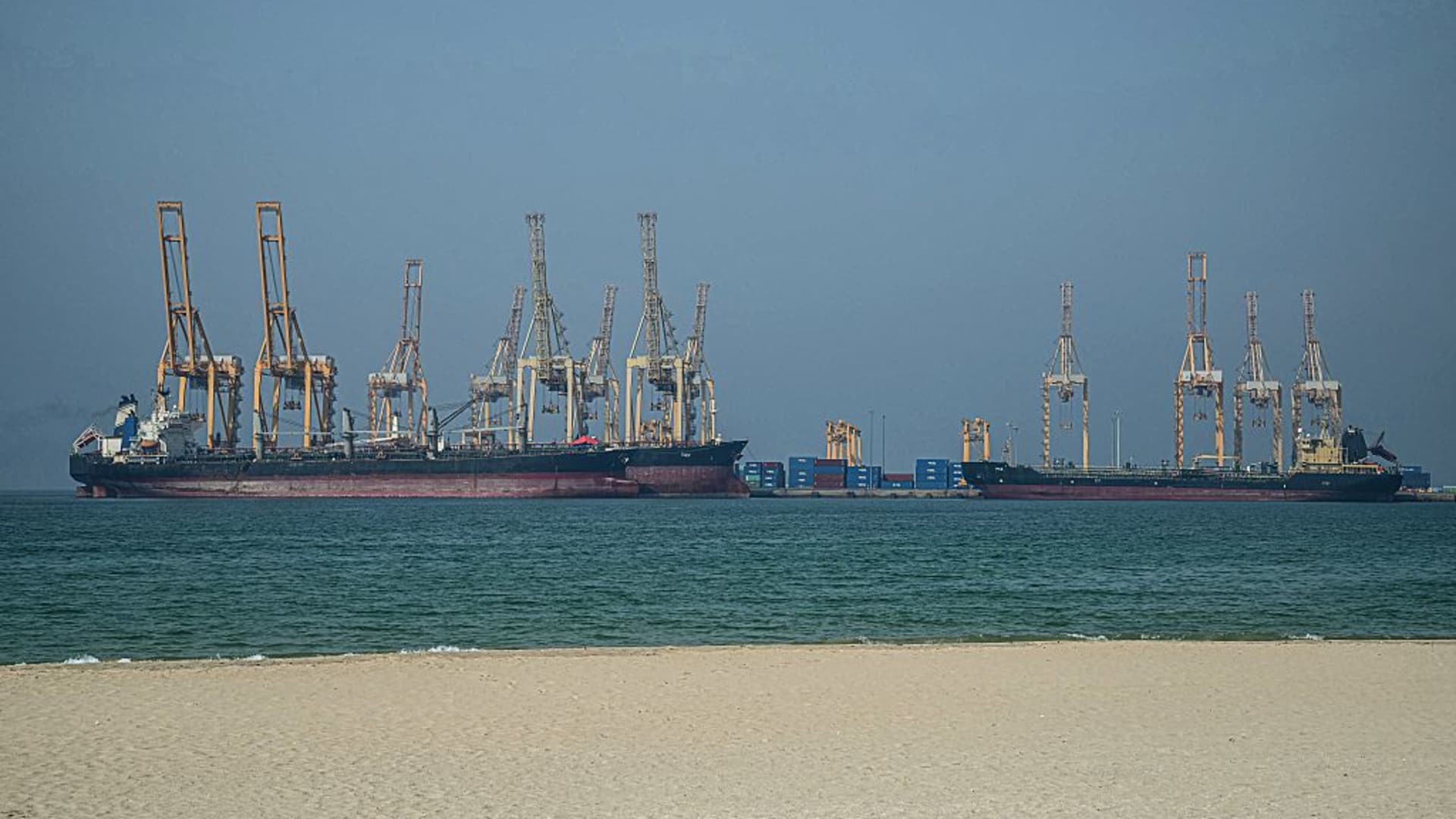Investors should not ignore the risk that Iran could disrupt Middle East oil supplies and trigger a substantial price spike, energy analysts warned Monday, even as the market largely dismissed the threat. Surprisingly, oil prices are little changed Monday after the U.S. bombed Iran’s key nuclear sites over the weekend. The market seems to believe Tehran will not target regional energy infrastructure in the Persian Gulf because it would likely provoke a major U.S. military response that could imperil the regime. But Barclays analysts warned that the worst-case scenario, in which Iran attempts to block the Strait of Hormuz, is far from priced into the market right now. The narrow waterway between Iran and Oman is the crucial chokepoint for the global oil market, with some 20 million barrels passing through it daily. “Above all, we would caution against the knee-jerk ‘the worst is behind us’ hot take at this stage,” Helima Croft, head of global commodity strategy at RBC Capital Markets, told clients in note. Brent surge Goldman Sachs estimates global benchmark Brent would briefly surge to $110 per barrel if oil flows through the strait fell by 50% for one month, and if oil shipments were curtailed by 10% over the following 11 months. Oil prices would then fall to an average of $95 per barrel in the fourth quarter as U.S. and OPEC countries release more crude into the market, according to Goldman. UBS, another investment bank, said Brent prices could soar north of $120 per barrel if the strait is closed. “In the case of a closure, we would be looking at a very material disruption to global oil markets, of a greater magnitude than the recent loss of Russian supply in 2022,” following Moscow’s invasion of Ukraine, UBS analysts led by Henri Patricot told clients in a note. Goldman and UBS both believe the probability is low that Iran will move to close the strait, given it is used to transport the Islamic Republic’s own crude exports. But Iran does not have to conduct a very complex operation to cause ships to avoid the strait right now, Croft said. The Joint Maritime Information Center has already urged vessels to remain vigilant if they traverse the strait. “We do not believe it is a ‘full closure or nothing’ scenario when it comes to the waterway,” Croft said. “Iran may deploy their asymmetric capabilities to raise the economic cost of the combined U.S./Israeli operations.” Shipping threat Iran has several ways it can disrupt traffic in the strait, Danske Bank chief analyst Minna Kuusisto told clients in a note, possibly by targeting vessels with drones or missiles, although the U.S. Navy would likely mitigate that threat in a few days. The disruption would last longer if Tehran mined the strait or sank a ship passing through the waterway, the analyst said. “If Iran declared the strait mined, no insurance company would allow vessels to navigate there,” Kuusisto said. The U.S. could maybe clear enough mines to open a safe corridor near the coast of the United Arab Emirates in about a week, she said. “Even then, insurers might not be happy.” “A more extensive mine-clearing would likely take weeks,” Kuusisto said. “Gulf producers’ storage capacity would hit maximum at some point, and they would need to cut production.” Closing the strait is likely Iran’s last option because it would provoke a strong military response, but “desperate times lead to desperate action,” the Danske analyst told clients. “If the Supreme Leader Ali Khamenei felt that he had nothing to lose anymore, he might choose to go all in,” Kuusisto said.





